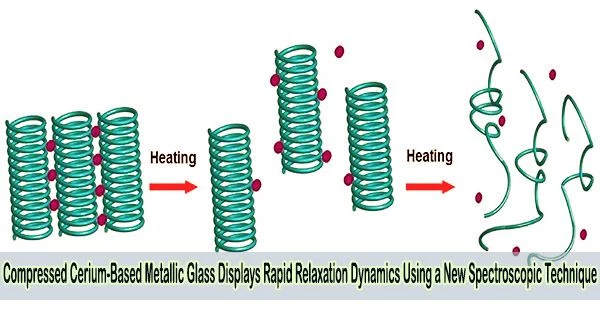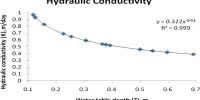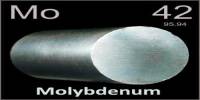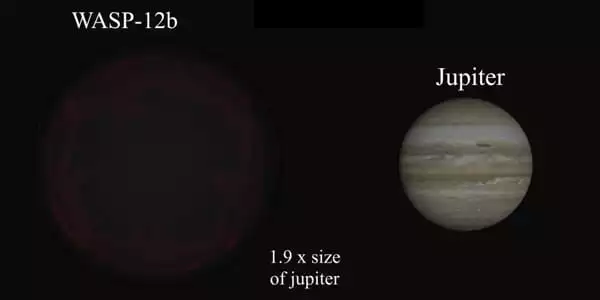The unclear connection between relaxation dynamics and glass structure is a significant barrier to our comprehension of glass and glass phenomena. In order to conduct atomic-scale relaxation dynamics studies in metallic glass systems under extremely high pressures, a team from HPSTAR lead by Dr. Qiaoshi Zeng recently developed a new in situ high-pressure wide-angle X-ray photon correlation spectroscopy technique.
The study is published in Proceedings of the National Academy of Sciences (PNAS).
Worldwide research has been centered on metallic glasses (MGs), which have numerous superior features over both traditional metals and glasses. Like common glasses, which are thermodynamically metastable materials, MGs constantly change through a variety of relaxation dynamic behaviors towards their more stable states.
These relaxation behaviors have significant effects on the physical properties of MGs. However, up until now, the methodologies available have restricted scientists’ capacity to fully comprehend glass relaxation dynamics, particularly its interactions with atomic structures.
“Thanks to the recent improvements in synchrotron X-ray photon correlation spectroscopy (XPCS), measuring the collective particle motions of glassy samples with a high resolution and broad coverage in the time scale is possible, and thus, various microscopic dynamic processes otherwise inaccessible have been explored in glasses,” said Dr. Zeng.
With density increases, atoms in glasses generally get more difficult to move or diffuse, slowing down its relaxation dynamics. This is what we normally expect from hydrostatic compression.
Dr. Qiaoshi Zeng
“However, the change in atomic structures is subtle in previous relaxation process measurements, which makes it still difficult to probe the relationship between the structure and relaxation behavior. To overcome this problem, we decided to employ high pressure because it can effectively alternate the structure of various materials, including MG.”
In order to accomplish this, the group created an in situ high-pressure synchrotron wide-angle XPCS to examine a cerium-based MG material during compression.
In situ high-pressure wide-angle XPCS revealed that the collective atomic motion initially slows down, as generally expected with increasing density. Then, counter-intuitively it accelerates with further compression, showing an unusual non-monotonic pressure-induced steady relaxation dynamics crossover at ~3 GPa.
Additionally, the relaxation dynamics anomaly closely correlates with the dramatic changes in local atomic structures during compression when these findings are combined with in situ high-pressure synchrotron X-ray diffraction, as opposed to monotonically scaling with either the sample density or overall stress level.
“With density increases, atoms in glasses generally get more difficult to move or diffuse, slowing down its relaxation dynamics. This is what we normally expect from hydrostatic compression,” Dr. Zeng explained.
“So the non-monotonic relaxation behavior observed here in the cerium-based MG under pressure is quite unusual, which indicates besides density, structural details could also play an important role in glass relaxation dynamics,” Dr. Zeng explained.
These results show that the atomic structures of MGs and glass relaxation dynamics are closely related. The method created here by Dr. Qiaoshi Zeng’s team can also be used to investigate the connection between relaxation dynamics and atomic structures in a variety of glasses, particularly those that are significantly compressible.
This opens up new possibilities for glass relaxation dynamics studies under extreme circumstances.
















